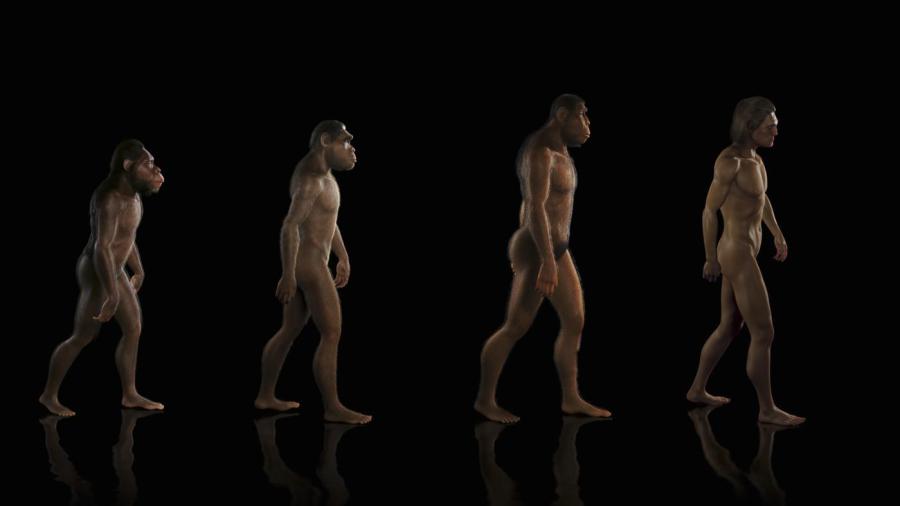What Is the Theory of Evolution?

The theory of evolution proposed by Charles Darwin entails the evolution by natural selection of all life on earth. It states that new generations are born with different inheritable traits, and that the traits that are superior for survival will be passed on to new generations. This means that given enough time, an organism can change and evolve to create a new species.
Charles Darwin published “The Origin of Species” in 1859. It is the one of the most researched and supported theories in human history.
Since the initial publication of Darwin’s work, the theory of evolution has been enhanced by including the study of genetics into the theory. Genetics has magnified the inner workings of evolution showing that organisms are created with slight variances in their genes. Mutations in genes may be positive, neutral or harmful. If a mutation gives an advantage to the organism, it is more likely to be propagated, carried to the next generation and enhanced even further. With enough time to propagate, the variances can expand and compound other variances produced in nature to create a more complex organism than the ancestor.
Using the theory of evolution, scientists predicted the ancestors of modern life forms, then paleontologists found fossils that backed up the initial predictions. This occurred with the ancestor of whales named Ambulocetus natans. Charles Darwin suggested bears might evolve into large-mouthed whale-like creatures if given enough time. Due to ridicule from his peers, this claim was later removed.





